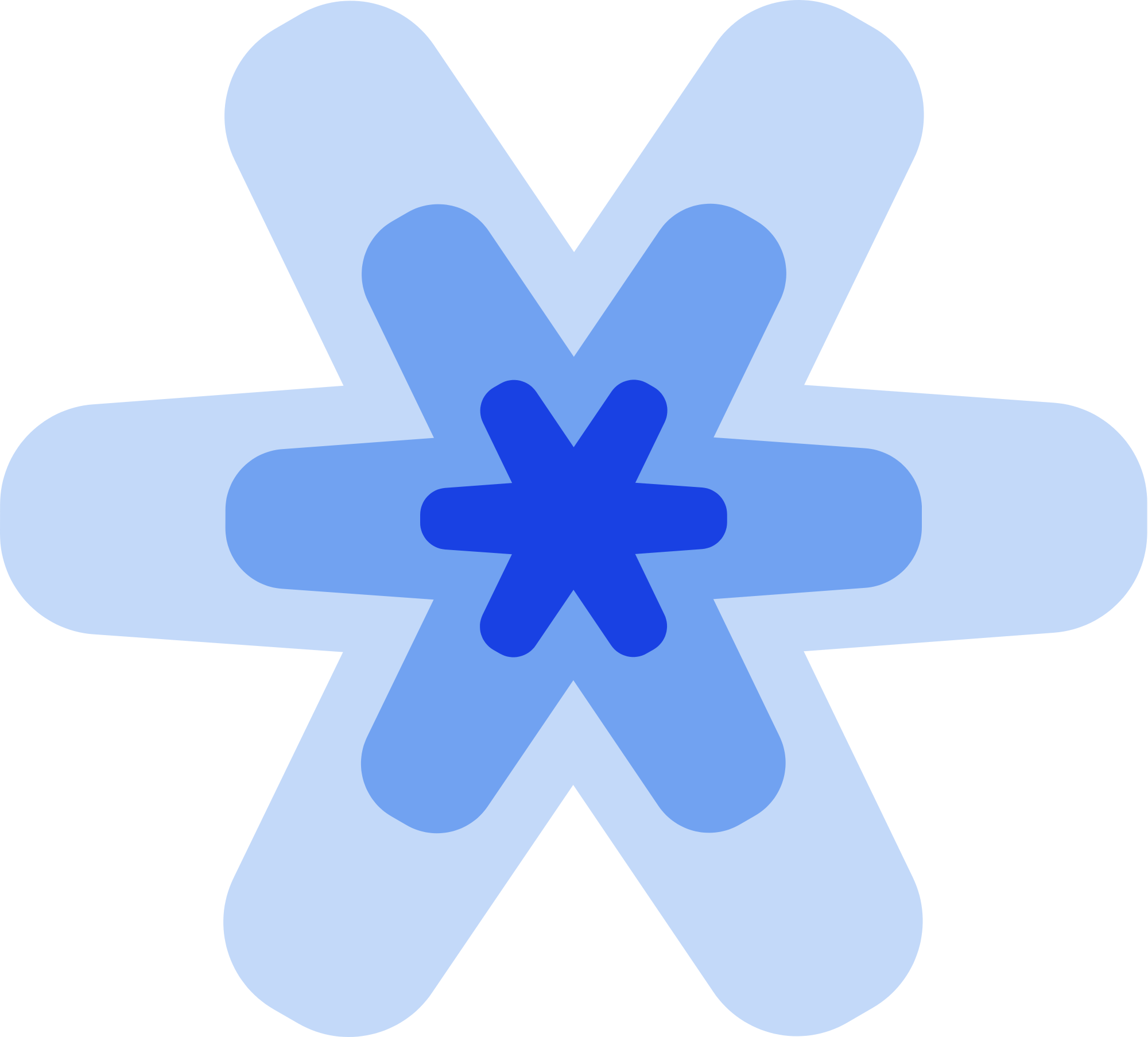The exit to the decision maker is not just a task. It's a quest. A quest with levels, bosses, traps, and unexpected twists. It seems like here he is — the right person, you're almost there... and bam: voicemail, assistant, "send it by email" or even — silence. Why is that?
Let's figure it out: who are these decision makers, why is it so hard to get through to them, and who else can participate in the decision-making process.
What does decision maker mean in B2B?
A decision maker is a person who makes decisions. Yes, yes, that very person who ultimately says "yes" or "no". They might be called the director, the head of a department, a business owner, or some "growth manager", but the essence is the same: it's he (or she) who drives the deal forward.
It’s important to understand: in B2B, decision makers are almost always not just one person. It's usually a team. Someone counts the money, someone checks the technical side, someone just "watches to make sure everything is okay". But there is one final voice that decides.
And the task is to find that voice. And make it so that they hear you. And that is already an art.
Why does "just calling" not work?
Well, first of all, because decision makers always have a lot on their plate. Incoming calls, meetings, tasks, deadlines. They are called, written to, pulled. Every day. Hundreds of times.
Secondly — they do not answer unknown numbers. Simply because they do not want to waste time on "someone with an unclear offer".
And thirdly — even if you manage to get through, without preparation you are almost guaranteed to get:
"Send it by email",
"Not interested",
or just silence in response.
In the cold outreach to decision makers, it's not so much about getting through as it is about packaging yourself correctly before contact. Without that — well, unfortunately, the chances are slim.
Who participates in decision-making in companies?
In B2B sales, there are almost always several roles:
Initiator — the one who first identified the problem and began to look for a solution. Often this is a middle manager or specialist.
Influencer — a person who can influence the decision maker's opinion. For example, a CTO, lawyer, marketer — it depends on the product.
Decision Maker — the final "yes" or "no".
Budget Owner — the person who holds the purse strings. Sometimes they coincide with the decision maker, sometimes not.
Purchaser — if the company is large, they get involved at the end to formalize everything "on paper".
The exit to the decision maker is not always a direct attack. Sometimes it’s better to go through the "influencers", show the benefits within the team, so that later you can reach the right person through warm introductions.
How to find decision makers: channels and methods
Okay, let’s say you understood who you need. But where is he? Where do decision makers hang out, how to find them, and most importantly, how not to waste time talking to "the wrong ones"? Now let’s break it down step by step.
LinkedIn, Telegram, Email — where to search?
If there were one universal channel for reaching decision makers, it would be too simple. But no, unfortunately. Some prefer to read emails. Someone lives in LinkedIn. And someone hides in Telegram channels and only reacts to personal messages from "their own". Therefore…
LinkedIn — a top choice, especially if you're targeting international clients or IT professionals. Decision makers are there, reading, and even sometimes responding. The main thing is not to write to them immediately "let's have a call", but rather... carefully, humanly, with benefit.
Telegram — works better in Russia and the CIS. You can reach out through chats, channels, personal mentions. But again — carefulness is needed. Cold spam in personal messages irritates everyone.
Email — the old good classic. It still works, especially if the emails are warm, personalized, and not written like "100% lead generation without investment".
The best approach is to combine. Wrote on LinkedIn → in a couple of days an email → then on Telegram. Without being intrusive, but with persistence.
Services for finding contacts in Russia
In Russia, we recommend using the following services: Kontur.Compass, Saby Profile, 2GIS Data, DaData. We discussed the pros and cons of each in a separate article.
The focus here is not just to collect a list, but to gather the right people. With the correct emails and validation. So that you don’t throw emails into the void.
How to know if you're communicating with a decision maker and not an executor?
Here is the most common mistake. You wrote, received a response, felt happy. And then — a month of negotiations and... finish. Because you were not talking to the right person.
How to recognize? Here are a few markers:
Does the person make decisions or coordinate them? If the responses indicate: "I will check with management", "we need to discuss" — this is not a decision maker.
Ask directly. Yes, politely but straightforwardly: "Do you make decisions on such matters or does someone else participate?"
Check through LinkedIn or the website. Often the job description makes everything clear: if it’s “manager” or “specialist” — unlikely to be the final decision maker.
Listen to the phrases. Decision makers often speak in terms like "we will do", "we need", "in this quarter we plan to". Executors say, "I will check", "we are forwarding for approval", "another department decides this".
And also — don’t be afraid to go a bit higher up the hierarchy. Sometimes the shortest path is not "bottom-up", but right "up" — through the CEO, founder, commercial director.
How to catch the decision maker on the first touch
Okay, you’ve found the right person. Name, position, email, LinkedIn — all is there. And now the most interesting part begins: how not to ruin the first contact. Because decision makers have many incoming emails and messages. A lot. And to avoid being dismissed into the trash in two seconds, you need to hook them. Immediately. Without "hello, we do this" — that doesn't work.
What to write in the first email or message?
Directly, briefly, and with respect for their time. No fluff, no marketing bullshit, no cumbersome introductions.
An example of a poor start:
Good afternoon! We are a young but ambitious team specializing in highly effective solutions in the field of...
And here's a living variant:
Ivan, hi! I saw that you recently launched a new product line. Great positioning. I have an idea on how to attract even more leads without increasing the budget. Can I send a brief reply?
Key things:
— Name, specificity, detail (shows that this is not a spam blast)
— Mention of benefits, without abstractions
— A question that opens the dialogue (and not immediately "let's have a call")
And also: don't try to sell everything at once. The goal of the first touch is not a deal, but interest. An introduction. A hook.
How to make a personalized approach
Here is where many stumble. Personalization is not just inserting a name and company into a template. It's understanding the context of the person you are writing to.
What can be used:
Mentioning the decision maker's post (if they write something)
Event at the company: release, hiring, opening of vacancies
Quote from an interview or comment at a conference
Background: worked in a similar field, have a mutual acquaintance, crossed paths in a chat
This does require research. But this is what distinguishes a genuine message from junk. And there is already a lot of junk with decision makers, you get the point.
The formula is simple:
Hi, [Name]! I saw that [event/fact], and immediately thought of a case with a similar client. It might be useful for you. Can I write a couple of lines?
Mistakes that repel decision makers
Oh, there are many. Truly, there are many. But here are the most common:
"We are market leaders". Well, yes, just like another 158 companies. That means nothing.
Immediately selling. "Here's our tariff, here's the demo, let's have a call" — too soon, way too soon.
Dry corporate style. "By this letter, we notify you..." — this isn't court. This is B2B.
No meaning, just words. Texts of 300 words without one clear idea — trash.
Empty subject lines. If the email subject is "collaboration proposal" or "question" — chances are it won't even be opened.
One more thing: if you are writing in a personal message (on Telegram or LinkedIn), don’t dump a bunch of text immediately. It's better to start with a brief message. Without pressure, without pressure and... without pressure (yes, three times intentionally). Just open the dialogue. Hook them. Then — depending on the situation.
Tools and services for reaching decision makers
Email automation and follow-ups
You may be a super writer, but if you're sending manually — there won't be enough time. And if you forget to follow up, then it's game over. Therefore, emails need to be automated.
Here's what you can use:
Coldy — here it is again. Automatic sending, follow-ups in chains, domain warming, connecting emails. Suitable for Russia.
Instanly.io, Lemlist, Reply.io — if you're working internationally. Many integrations, A/B tests, visual scenarios — fire, especially for agencies.
Mailganer, UniSender — Russian services, more geared towards mass mailings, but can build logic as well.
The main thing is the pauses between emails, limits, random delays. This really matters. The closer to a "manual style", the less likely to land in spam.
AI assistants for writing emails
Well, honestly — no one wants to sit and come up with 20 unique emails a day. Even if you are a copywriter from god, it’s exhausting. And if you are not a copywriter — even more so.
Here are those who help:
ChatGPT — take it, ask to generate a string, adapt it for yourself. Just don't leave it as is, it still needs editing.
Smartwriter, Lavender, Warmer.ai — services that create personalized emails. Based on LinkedIn profiles, company website, and more. They do not work perfectly, but often better than a template from your head.
Coldy AI — a built-in feature in Coldy. Writes emails based on a template, but tailored to a specific company. Directly in the service, convenient.
Important: AI is not magic, it is a tool. It helps, speeds things up, but the final edit is up to you. Because without soul, without a living tone — the email will be forgettable. And forgettable emails decision makers do not read.
We will help you reach decision makers
Cold emails are a delicate matter. You can send 1000 emails and not get a single response. Or you can send 50 and close a couple of deals. It all depends on the approach: database, segmentation, texts, warming up, frequency, timing... Many nuances. But the good news is: we can help with all of this.
Coldy is not just a platform where you upload contacts and hit "send". It’s a tool tailored for B2B outreach, specifically for the realities of the Russian market. We take into account blocks, filters, and help ensure that emails not only "go out", but actually reach, get opened, and work.
What you get:
Consultation — we will advise you on how to choose a database, where to start.
Email and chain setup — we will help you make the email not look like spam.
Automation — so you don’t have to sit manually, but can launch processes on autopilot.
AI assistant — if writing texts is difficult, we will advise how to make them human and engaging.
In general, if you want to launch the mailing quickly and without pain — register in Coldy, leave a request for consultation. Together we will choose a strategy that will work specifically for you.


